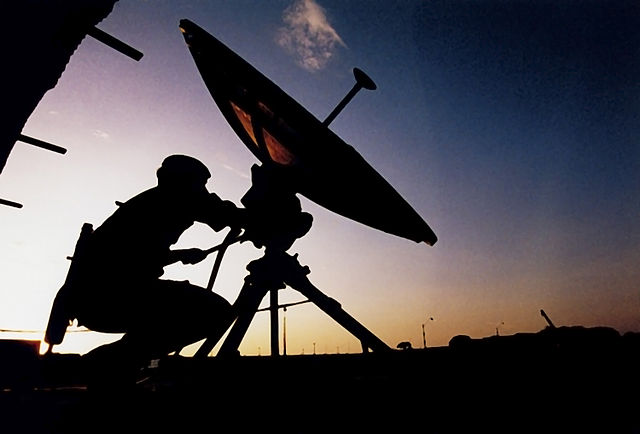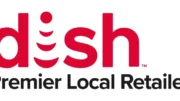Here’s a term that you might have heard about over your years of being a satellite enthusiast. It’s a basic part of satellite TV communication and it’s something you use every day if you watch satellite TV.
What does DiSEqC stand for?
It’s kind of a weird term. I’ve heard it pronounced “Die-Seck” and “Die-Sex” so I don’t know which is more common. At any rate, it stands for “Digital Satellite Equipment Control” if you believe the people at Wikipedia. I had been told at one point that the term was originally derived from French but that may have just been someone lying to me.
What does DiSEqC do?
DiSEqC is a very simple two-way data protocol that lets satellite TV boxes communicate with dishes. It was originally designed for those big ugly dishes correctly known as “C-Band” dishes. Those dishes used large motors to help customers find different satellites in the sky. DiSEqC was developed as a standard way for people to communicate with the dishes in their yards. By using a single standard, equipment from different manufacturers would work together.
How do modern satellite systems use DiSEqC?
Modern systems throughout the world use DiSEqC to allow for signal selection from a single satellite location. Today’s satellites put a lot of information on a single satellite downlink. It’s so much that a dish can’t actually pull it all down at once. DiSEqC allows the satellite receiver to ask for only odd or only even transponders from the dish.
DiSEqC also allows for a receiver to request information from a different satellite or location through the use of a tone. By adding a tone at 22KHz on the coaxial cable, it’s possible for the receiver to know that it’s getting information from a different satellite. This allows for DIRECTV and DISH receivers to look at up to 5 different locations as needed, which increases the number of channels available to the user.
DiSEqC is used more or less “as is” in most European countries. In those countries, most satellite service is paid for by local taxes so there is no separate bill. Generally, a user puts up a small round dish and aims it. The result is a few dozen channels. It’s an easier technology for countries that didn’t have a large broadcast TV infrastructure.
The way we do it in the US
In the United States, DISH’s interpretation of DiSEqC is pretty stock standard. The way other satellites are located is “by the book.” DIRECTV on the other hand uses its own proprietary implementation. This is partially because of the sheer number of satellites. AT&T operates the world’s largest consumer satellite fleet and has more channels than anyone. However, this takes not only a lot of traditional satellite capacity but a lot of very special purpose technology. AT&T is alone in the Western Hemisphere in using the Ka band for consumer satellite television, and also in using the Reverse Ka Band. These different satellite technologies open up a lot more capacity. However they require different commands to be sent to the dish.
Because DISH and DIRECTV customers use special equipment, they don’t ever try to use other satellite services. So, the special way DiSEqC is used in the USA isn’t a real problem. Whether it’s DIRECTV or DISH, people are getting equipment from a single manufacturer so everything works great anyway.
Curious about the specs?
Eutelsat developed the specifications for DiSEqC over 20 years ago. Unfortunately the PDF they posted seems to have disappeared from the web… until now. I found an old copy I had offline. The specs haven’t changed since 1998 so I don’t think there’s any newer version. You can view it here fullscreen or look at it below:
bus_specI don’t claim any copyright here but I’m happy to post the specs for the whole web to see unless Eutelsat tells me not to. I’ve also edited the Wikipedia page to show a link to it. I don’t know if my edits will stick, they rarely do.





